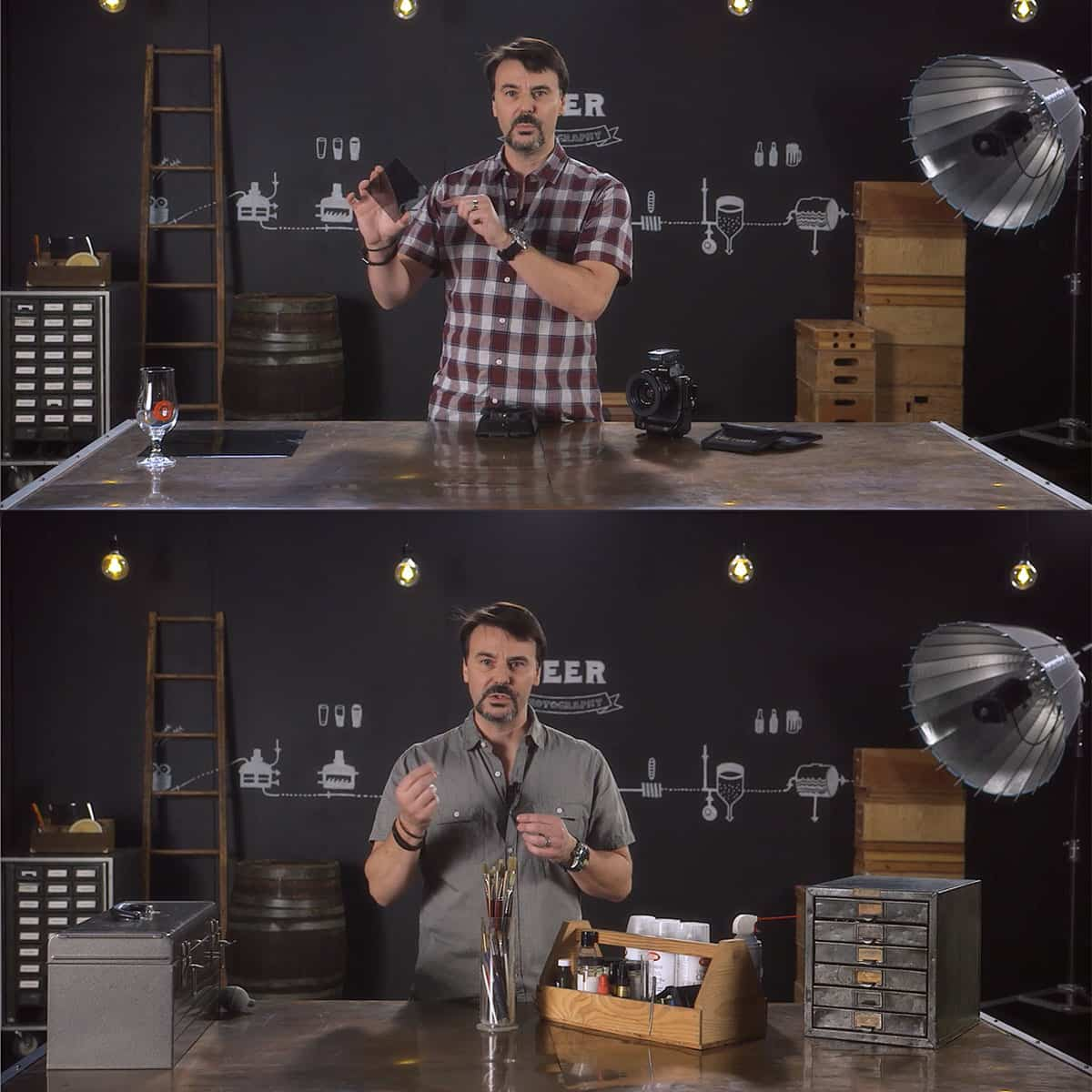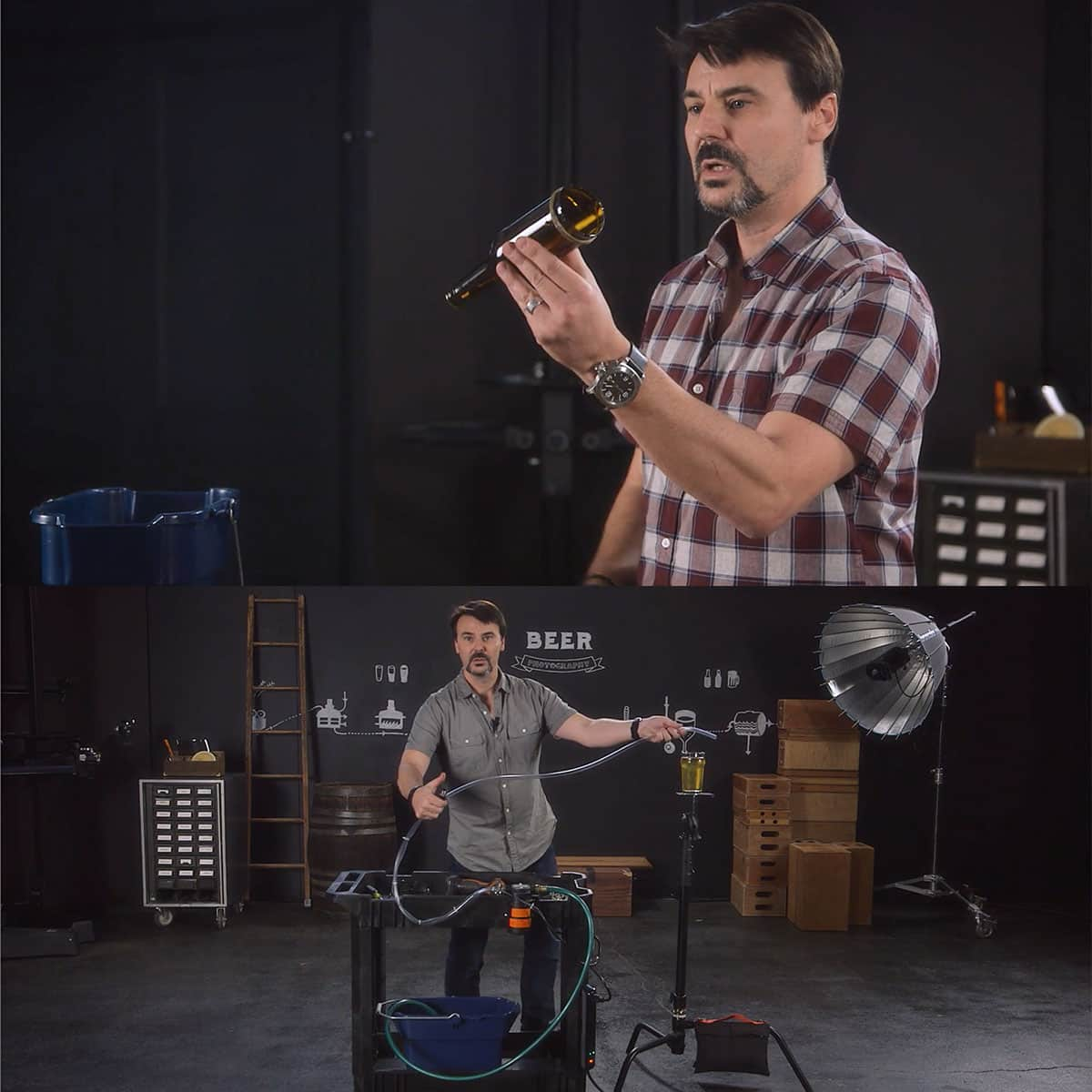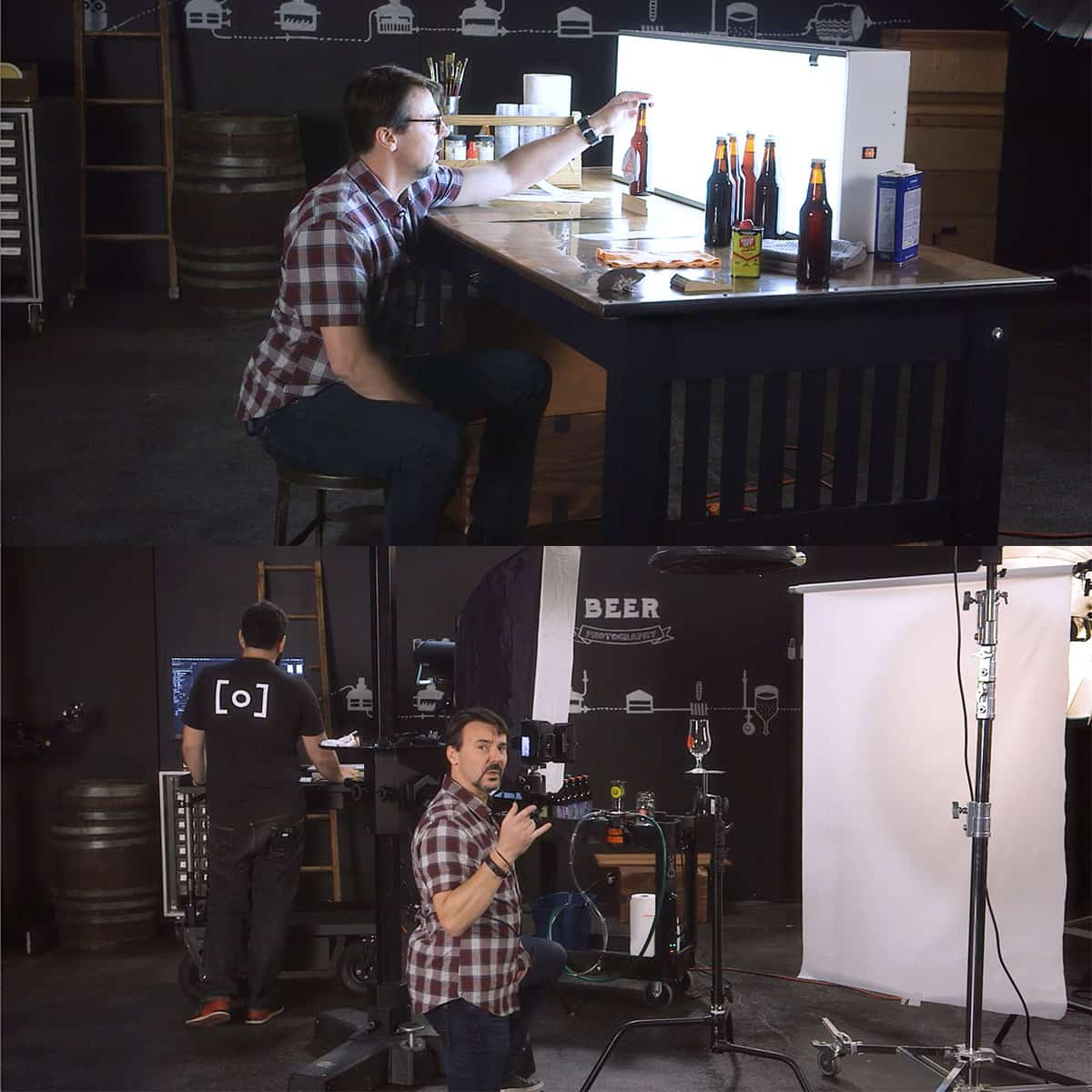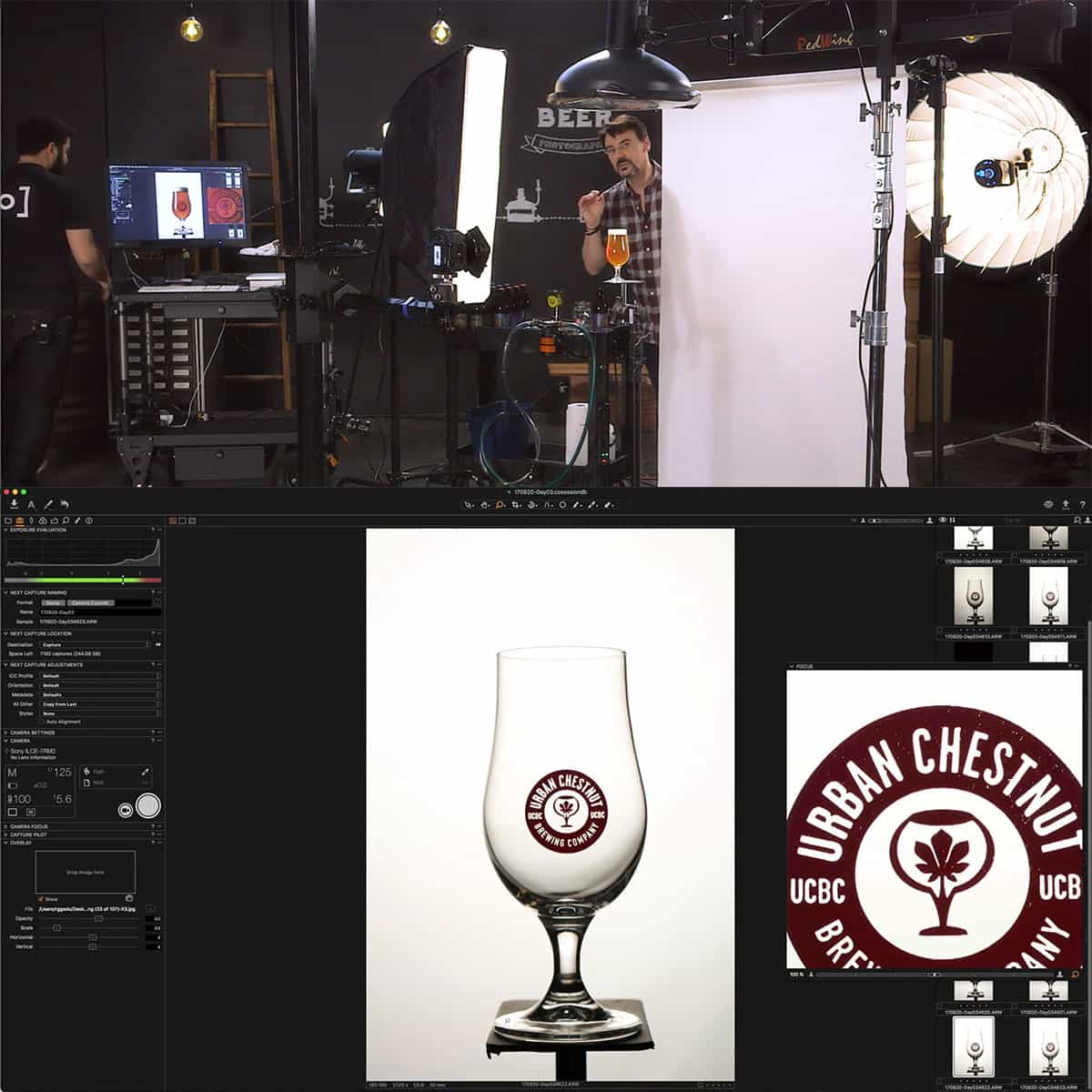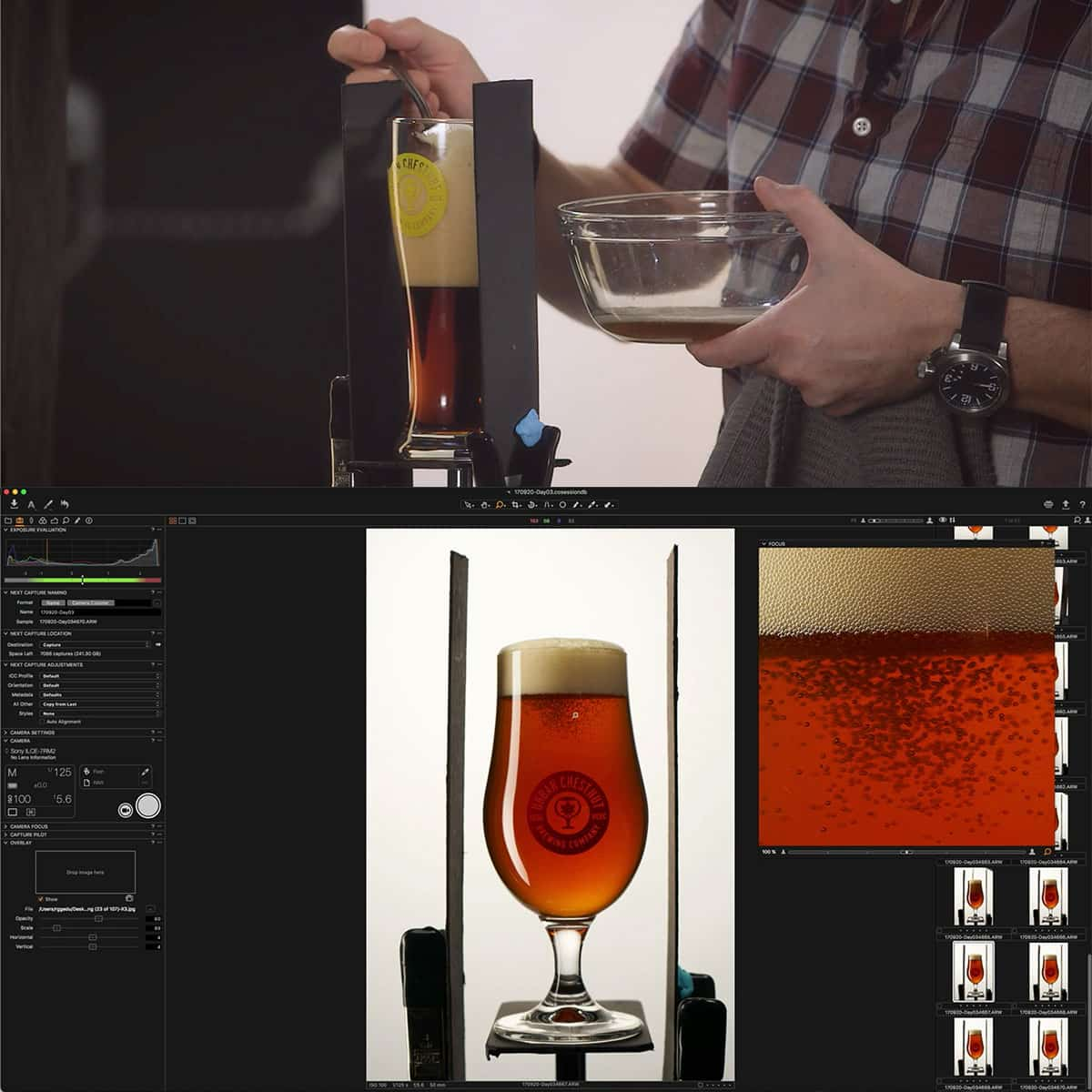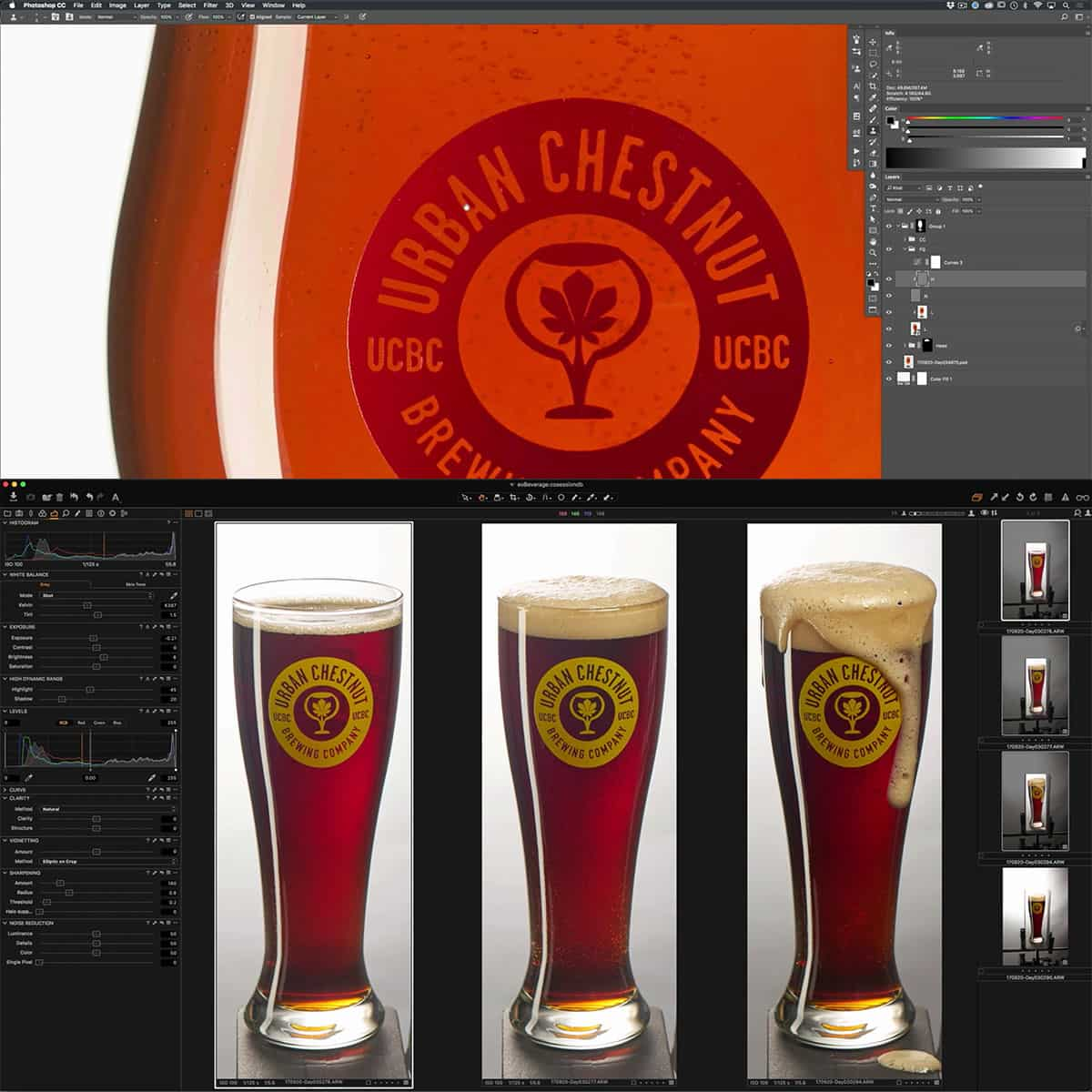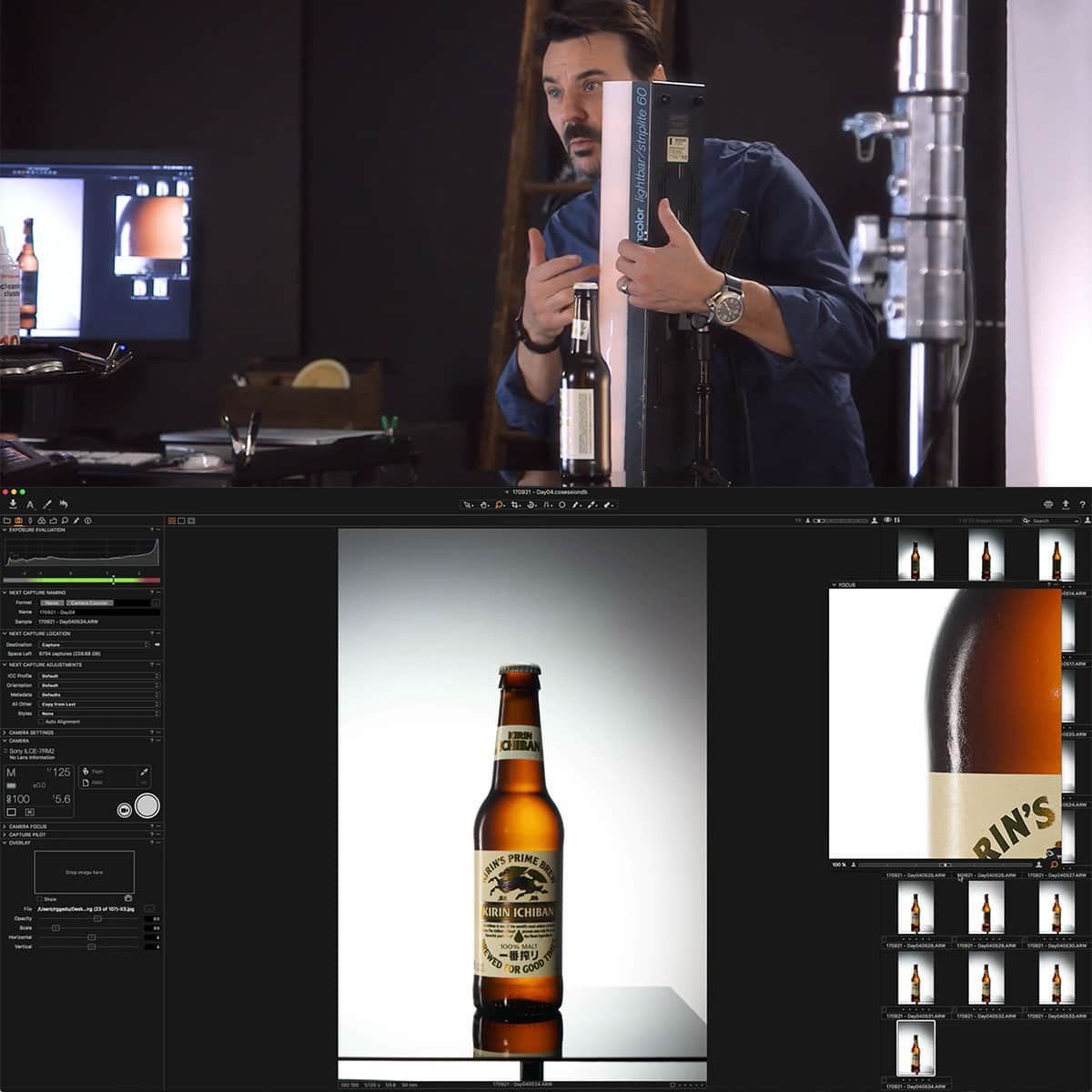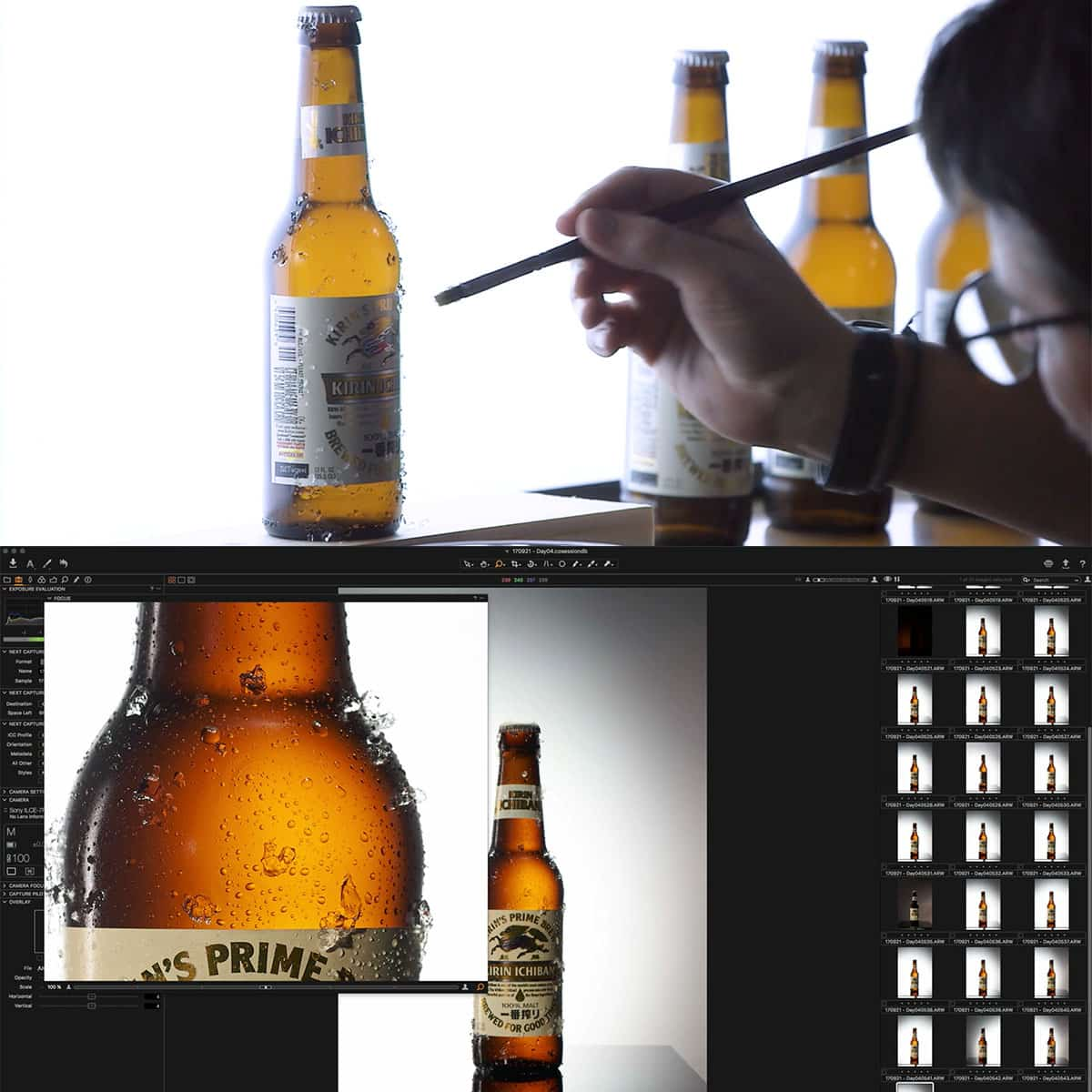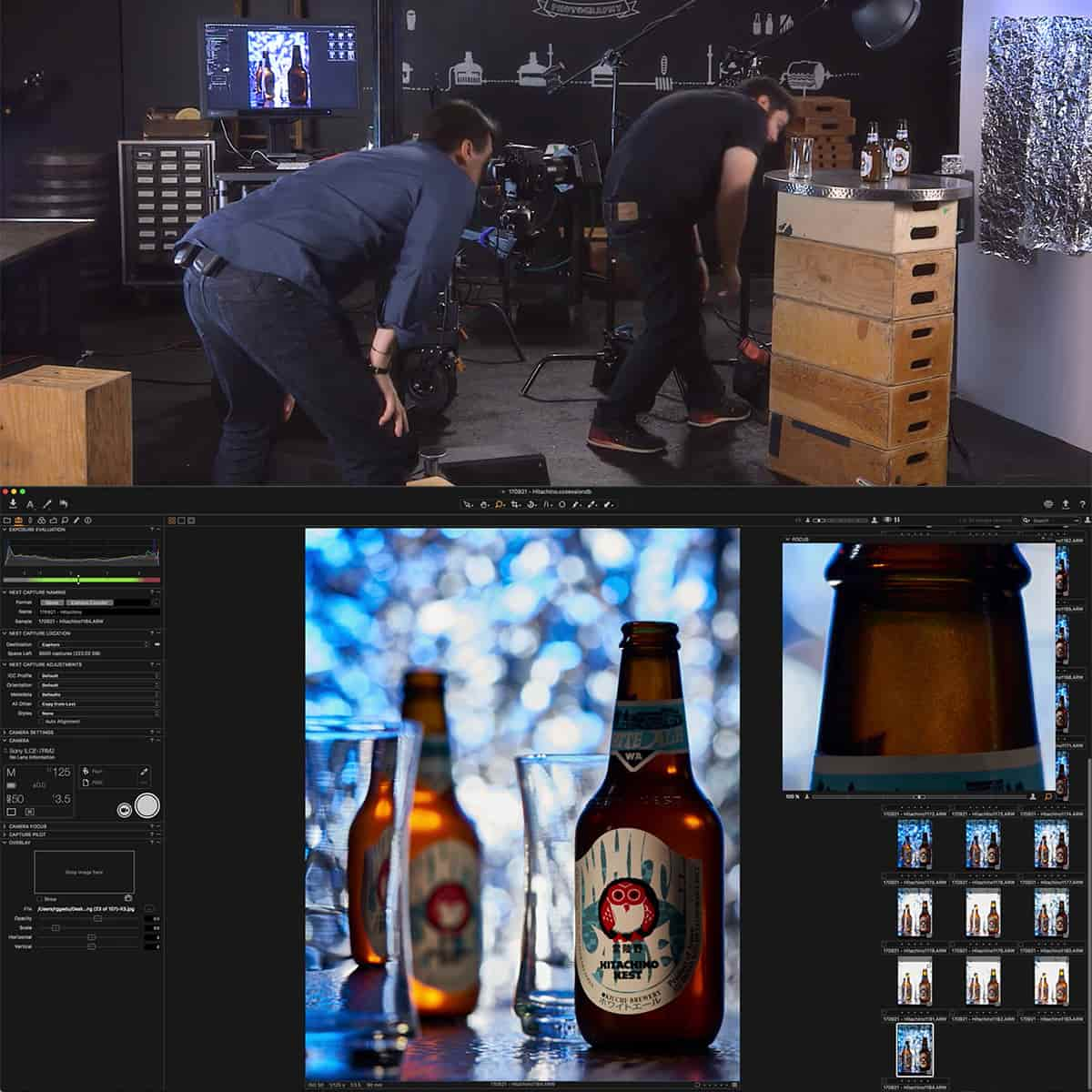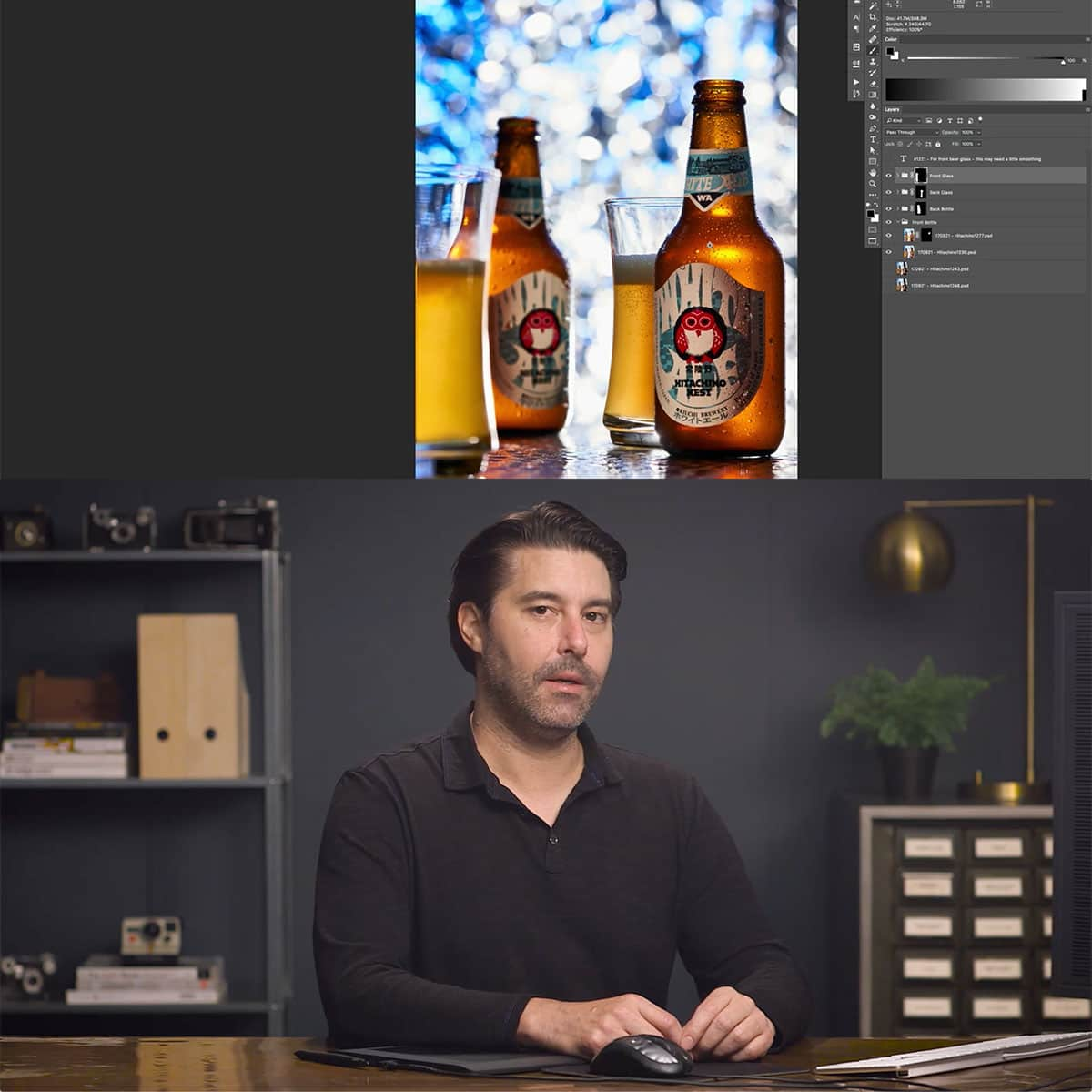Exposure Basics for Beginners in Photography: Essential Tips and Techniques
Exposure is a fundamental concept in photography that determines how bright or dark your images will turn out. As a beginner, understanding exposure is essential for taking beautiful, well-balanced photographs. It's the amount of light that reaches your camera sensor or film, and it is influenced by factors like shutter speed, aperture, and ISO settings.
To master the art of photography, one must learn how to manipulate these settings to achieve the desired result. This involves knowing how to adjust the shutter speed, aperture, and ISO to work cohesively and create a properly exposed image. By developing a strong foundation in exposure basics, you'll be better equipped to capture stunning photos even in challenging lighting conditions.
Key Takeaways
- Exposure is a critical aspect of photography, affecting the brightness and overall quality of images.
- Mastering exposure requires understanding the relationship between shutter speed, aperture, and ISO settings.
- A strong foundation in exposure basics will enable photographers to excel in various lighting conditions and produce exceptional photos.
Understanding Photography as an Art
In photography, the choice of subject is a crucial aspect to consider. We are drawn to subjects that evoke emotions or tell a story. A strong subject has the power to instantly capture the viewer's attention, making them understand and appreciate the art. While some photographers lean towards capturing natural scenes, others may focus on urban life or human interaction.
Finding a style is an essential part of photography. Through style, we express our unique vision and creative instincts. From minimalistic to high contrast and vivid colors, our style determines how we portray our subjects and scenes. Experimenting with different techniques, such as composition or angle, is a great way to develop and enhance our artistic voice.
The composition plays a vital role in the overall appeal of a photograph. By carefully arranging elements in the frame, we can create harmony, balance, and unity within the image. Techniques such as rule of thirds, leading lines, and symmetry can make our photos more engaging and dynamic. Balancing the composition ensures our subject stands out in the situation and effectively communicates our message.
Moreover, accurately capturing the scene requires adjusting to various situations and conditions. Lighting, weather, and the subject's mood can all influence the outcome of a photograph. By adapting to these factors, we can create images that accurately depict our vision while remaining authentic to the subject.
In conclusion, photography is an art form that demands a thoughtful approach to the subject, style, composition, and various situations. By mastering these aspects, we can learn to create images that resonate with our viewers and showcase our creativity as artists.
Exposure Basics
https://www.youtube.com/watch?v=Edvpu_939l4&embed=true
In photography, exposure refers to the amount of light that reaches the camera sensor or film, which determines the overall brightness or darkness of the image. There are three main elements that influence exposure, commonly known as the exposure triangle: aperture, shutter speed, and ISO. By understanding and balancing these elements, we can achieve well-exposed photographs.
Aperture controls the size of the opening in the lens, affecting the amount of light entering the camera and the depth of field. A larger aperture (lower f-number) allows more light and creates a shallower depth of field, while a smaller aperture (higher f-number) lets in less light and results in a deeper depth of field. Learn more about aperture in this photography guide.
Shutter speed refers to the time the camera's shutter is open, exposing the sensor to light. Faster shutter speeds (shorter duration) effectively freeze motion but allow less light, while slower shutter speeds (longer duration) can result in motion blur but capture more light. Refer to this manual exposure cheat sheet for useful shutter speed tips.
ISO is the camera's sensitivity to light. A lower ISO (e.g., ISO 100) means less sensitivity and results in cleaner images, while a higher ISO (e.g., ISO 3200) increases sensitivity but can introduce noise. Balancing ISO with aperture and shutter speed is crucial, as explained in this exposure tutorial.
To achieve a balanced exposure, we must consider the exposure triangle and use the camera's exposure meter. This will help us determine if an image is overexposed (too bright) or underexposed (too dark). Properly managing the exposure triangle elements and referring to the exposure meter will enable us to achieve well-exposed photos. Find related information on exposure in photography.
Camera Essentials
When starting in photography, it's essential to understand your camera and its various components. In this section, we'll briefly cover some of the critical aspects of a camera.
First, the lens is an essential part of any camera, as it determines the quality and sharpness of your images. A telephoto lens is useful for capturing distant subjects, while a wide-angle lens is ideal for landscapes and architecture. Next, the sensor inside your camera captures the image. It's crucial to keep the sensor clean to avoid dust spots on your photos.
Shutter controls the amount of light reaching the sensor by opening and closing for a specified duration. Different camera settings and camera modes can help you achieve the desired exposure depending on your subject and lighting conditions. One example is adjusting the aperture, which controls the amount of light entering the lens through its diaphragm.
To obtain tack-sharp images, you'll need to focus on your subject correctly. The focus system ensures that the essential elements in your frame are sharp and well-defined. Using a viewfinder can help you with framing and achieving focus more accurately.
When shooting at slow shutter speeds or with a telephoto lens, camera shake can become a significant issue. To minimize camera shake and ensure sharp images, invest in a sturdy tripod. A tripod also comes in handy when taking long exposure shots or during low-light photography.
Understanding these essential aspects of your camera will help you take better photos and make the most out of your photographic journey. Don't forget to practice and experiment with different settings to discover your unique style. Happy shooting!
Modes and Methods
When starting to learn photography, it is essential to be familiar with different exposure modes and methods. In this section, we will discuss manual mode, various metering modes, and HDR techniques.
Manual mode allows us full control over exposure settings, enabling us to determine the aperture, shutter speed, and ISO. This mode grants us more creative freedom, but it requires a good understanding of the exposure triangle. The more we practice manual mode, the better we become at achieving the desired exposure for our photos.
Metering modes determine how the camera evaluates and measures the brightness of a scene. There are several exposure metering modes available, each with a specific purpose. For example, spot metering is a method that measures the light only in a small area of the scene, often the subject. This mode is helpful when shooting backlit or high-contrast subjects. Familiarizing ourselves with different metering modes allows us to better control our exposures in various lighting situations. You can learn more about metering modes in detail here.
Finally, High Dynamic Range (HDR) is a technique that combines multiple exposures of a scene to capture the full range of light, from shadows to highlights. This method is especially useful in situations where a single exposure cannot accurately reproduce the full range of tones. Practicing HDR skills can enhance our photographic capabilities and expand our creative possibilities.
In conclusion, exploring and mastering manual mode, metering modes, and HDR techniques are essential steps to becoming a proficient photographer. As we gain experience, we learn to use these methods effectively, resulting in better-exposed and visually pleasing photos.
Post Processing and Avoiding Common Errors
As we venture into the world of photography, it's essential to understand the importance of post-processing. Editing our photos can help correct issues such as overexposure, underexposure, and digital noise. In this section, we'll discuss some crucial tips to avoid common errors while enhancing our images.
One significant aspect to consider is the balance between overexposure and underexposure. Overexposure occurs when too much light reaches the camera sensor, resulting in a washed-out image. Conversely, underexposure is when the sensor doesn't receive enough light, leaving us with a dark and poorly detailed photo. To tackle these issues, we need to use editing tools like Lightroom and Photoshop, adjusting the exposure slider accordingly to achieve the desired brightness level.
Another common issue during post-processing is digital noise. Noise can be caused by shooting at high ISO settings or low-light conditions, resulting in a grainy appearance in our images. To minimize this, we can leverage noise reduction tools available in editing software, carefully adjusting the settings to maintain the image's sharpness and detail.
Lastly, we must avoid blowing out certain parts of our photos - a term used to describe areas that are overexposed to the point of losing detail. As a rule of thumb, always keep an eye on the histogram while editing, ensuring the highlights and shadows are well-balanced, thus preserving our image's quality and information.
By maintaining awareness of these common errors and knowing how to address them during post-processing, we can significantly improve the overall quality and appeal of our photos.
Moving Forward in Photography
As we dive into the world of photography, it's essential to understand and practice different genres such as wildlife photography, portrait photography, and landscape photography. Regular practice is the key to mastering exposure and other basics in digital photography.
To start, let's focus on landscape photography. It often requires a wide depth of field and perfectly balanced exposure. We recommend using a narrow aperture (high f-number) and a tripod to achieve sharp, well-exposed images. Experiment with different settings, and keep a collection of your best images for reference.
Next, let's explore portrait photography. The goal is to highlight the subject while ensuring the background is not distracting. Use a wider aperture (low f-number) to create a shallow depth of field, which separates the subject from the background. We can also use natural light, reflectors, or artificial lights to illuminate the subject. Practice various poses and angles to achieve professional results.
Lastly, we'll tackle wildlife photography. Capturing animals in their natural habitat requires fast shutter speeds, high ISOs, and telephoto lenses. Patience is crucial when photographing wildlife, as we may have to wait for the perfect moment to capture amazing images. Understanding the behavior of our subjects can assist us in taking captivating photos.
Additionally, consider reading a good book about exposure and digital photography techniques to gain in-depth knowledge. Don't be afraid to experiment with various exposure settings. Critique your images and learn from your mistakes.
Remember, practice makes perfect. By continuously working on different genres, we'll improve our photography skills and become more confident and knowledgeable in handling exposure and other elements in digital photography.
Frequently Asked Questions
What are the key elements of the exposure triangle?
The exposure triangle consists of three key elements: aperture, shutter speed, and ISO. These elements work together to control the amount of light that enters the camera sensor and determines the final exposure of the image.
How do aperture, shutter speed, and ISO affect exposure?
Aperture refers to the size of the opening in the camera lens, which controls the amount of light entering the camera. Shutter speed is the length of time the camera's shutter remains open, allowing light to reach the sensor. ISO measures the sensitivity of the camera's sensor to light. A change in any one of these settings will affect the overall exposure of the image 1.
What is the role of exposure compensation?
Exposure compensation is a camera setting that allows you to adjust the exposure of an image without changing the aperture, shutter speed, or ISO. It is useful when the camera's automatic metering system does not produce the desired exposure, allowing you to increase or decrease the brightness of the image.
How can I achieve correct exposure in different lighting conditions?
Achieving correct exposure in different lighting conditions involves understanding the exposure triangle and making necessary adjustments to aperture, shutter speed, and ISO. For example, in low light conditions, you may need to open the aperture, slow down the shutter speed, or increase the ISO to allow more light to enter the camera 2.
What is bracketing in photography and how is it used?
Bracketing in photography is a technique where a series of images are taken at different exposure levels to ensure the capture of a properly exposed image. This technique is useful in situations with challenging lighting conditions or when a precise exposure is necessary. The photographer can later select the best image among the series or combine them in post-processing to create a balanced final result.
What are some common exposure mistakes and how can they be avoided?
Some common exposure mistakes include overexposure, underexposure, and incorrect use of the exposure triangle. Overexposure occurs when too much light enters the camera, resulting in a washed-out image, while underexposure results in a dark image with limited detail. To avoid these mistakes, familiarize yourself with the exposure triangle and learn to adjust the aperture, shutter speed, and ISO appropriately. Also, make use of tools such as histograms and exposure compensation to fine-tune the exposure 3.





